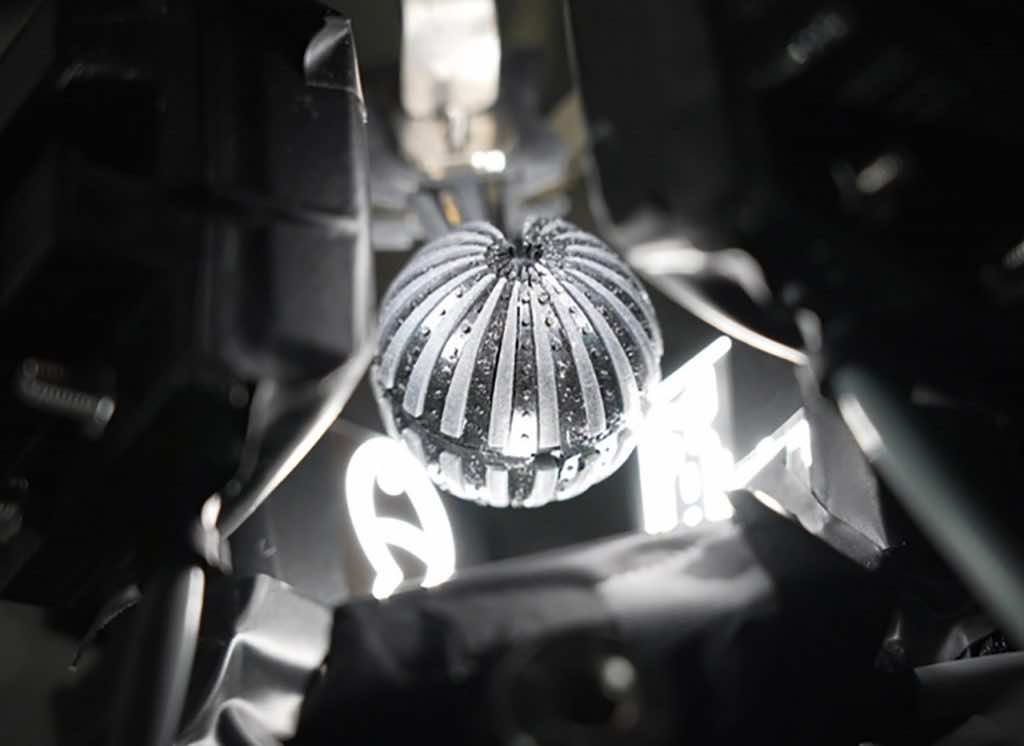This time around, MIT scientists have brought us a novel technique that has its essence in mother nature. Animals have long been known to be a source of inspiration for scientists, who, with their pioneering minds, are always in pursuit of exploring new avenues for the betterment of mankind. This time, these pioneering minds have developed an artificial eye that is based on the concept of a fiddler crab having a single huge claw. The artificial camera will help them introduce a technology that can easily see through the land and underwater. The camera would ultimately have a diverse range of practical applications in self-driving cars, drones, etc in extreme weather conditions or when there is little to no visibility.
At the heart of the innovation is its compound eye-like structure. The human eye is able to see only in one direction at a time and only through 180 degrees. On the other hand, the fiddler crab has the capability to see not only through 360 degrees but also in different directions and at the same time. One of the study authors, Gil Lu Jee, said that the concept was taken from the Fidler crab due to its uniqueness of viewing both land and underwater as compared to other insects.
However, it has to be noted that the research has been published in the journal “Nature Electronics” and the team behind this incredible work comes from MIT’s Computer Science and Artificial Intelligence Laboratory, the Gwangju Institute of Science and Technology, and the Seoul National University in Korea. Coupled with this, this artificial eye looks like a miniature black ball that utilizes a flat lens for the purpose of refracting the natural light above and below the water. The camera has also been built on the same principle of refraction.
For now, the only limitation to this artificial eye is its resolution quality. It has a resolution of as low as 256 pixels, which makes the image quality poorer. Not only this, the picture taken from this newly built artificial eye takes about 30 minutes. These loopholes need to be fixed as soon as possible. The camera works best when it reaches the desired number of pixels. If we compare it to one of the best cameras these days, the iPhone 13’s camera makes for a good candidate in this regard as it has a resolution of about 12 million pixels. In short, scientists need to improve the picture quality for future prospects so that it can capture the tiniest of details, and this is what it has been made for.

